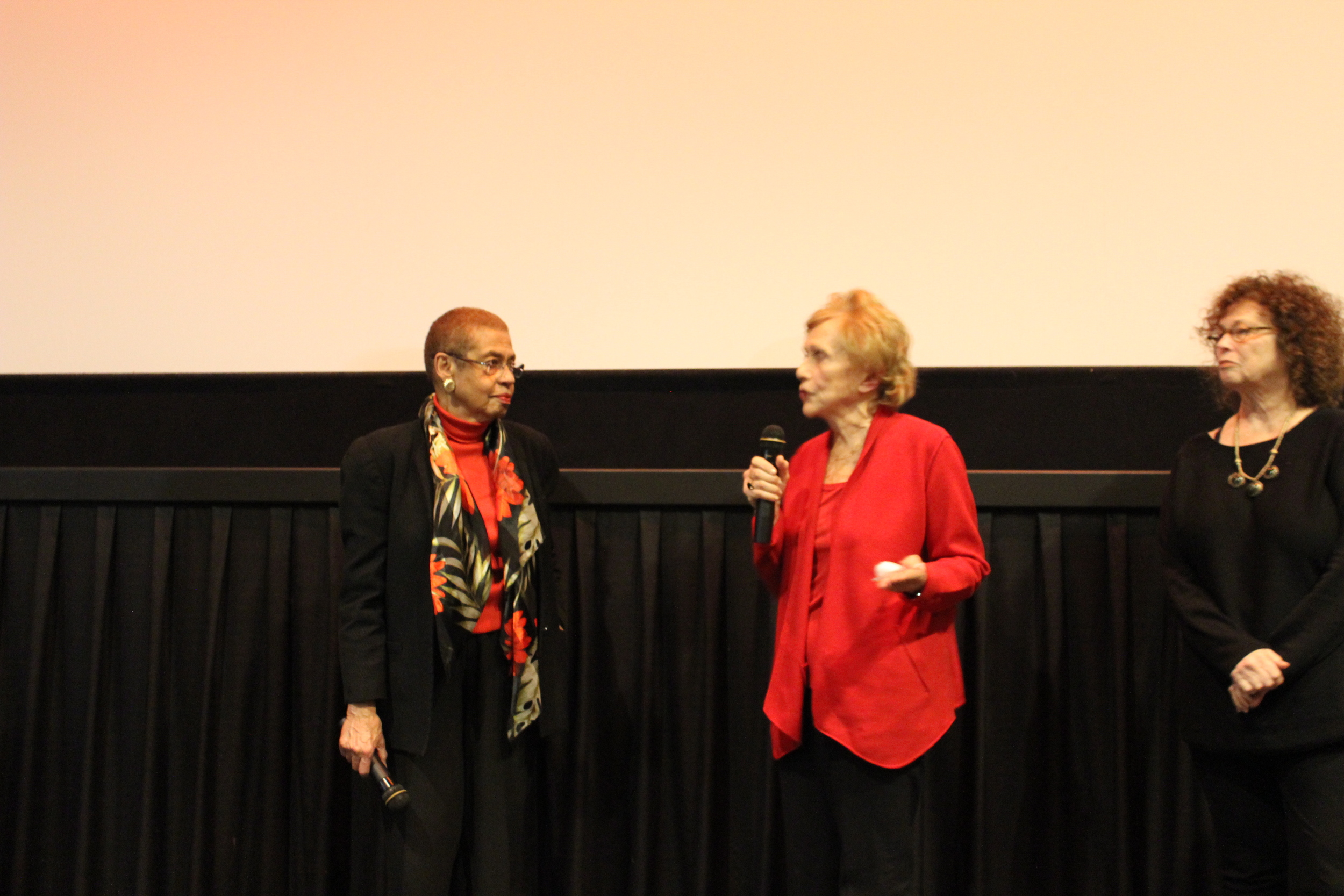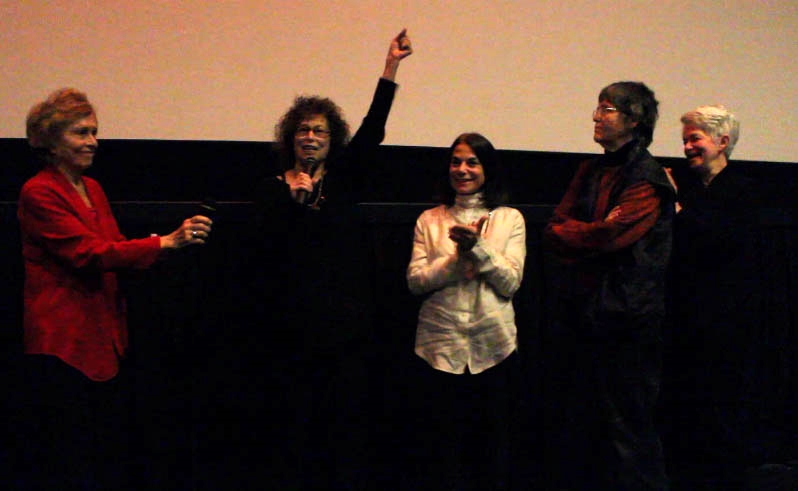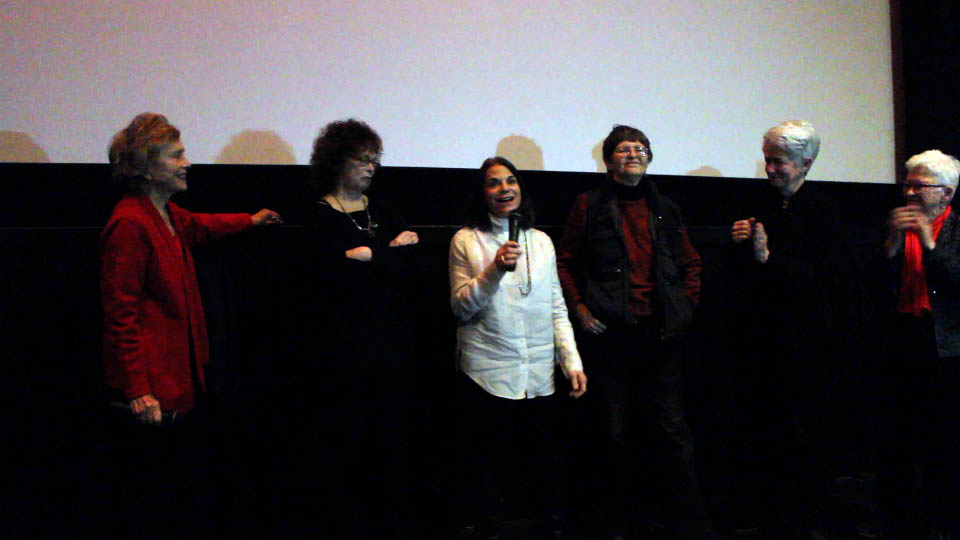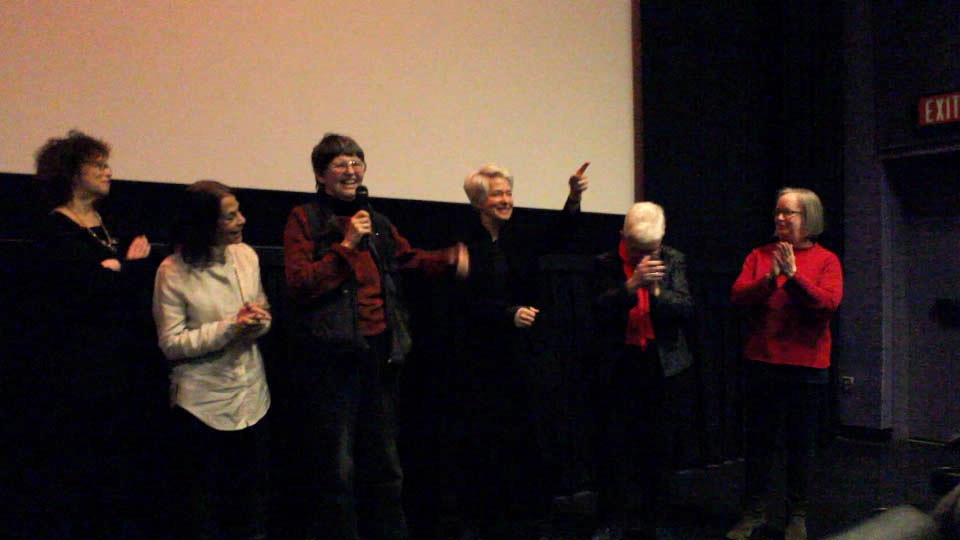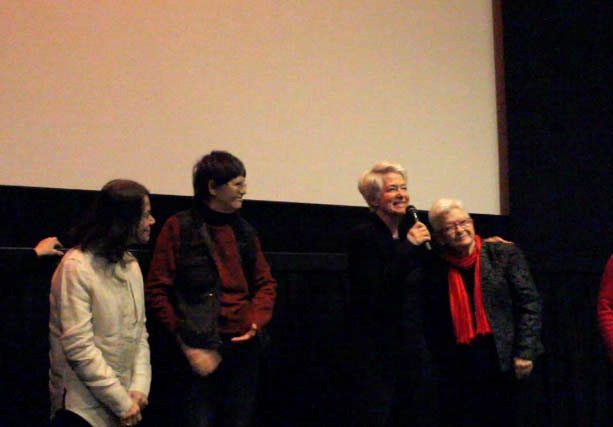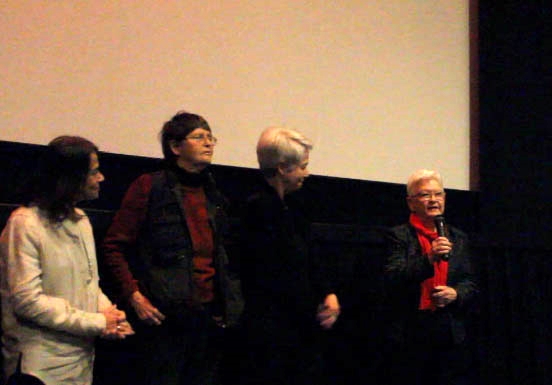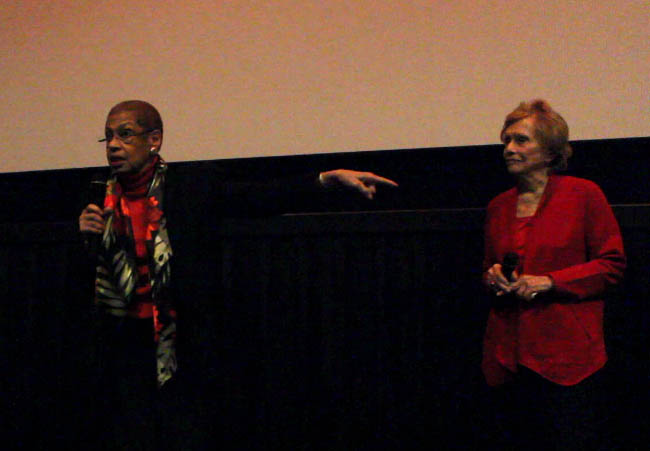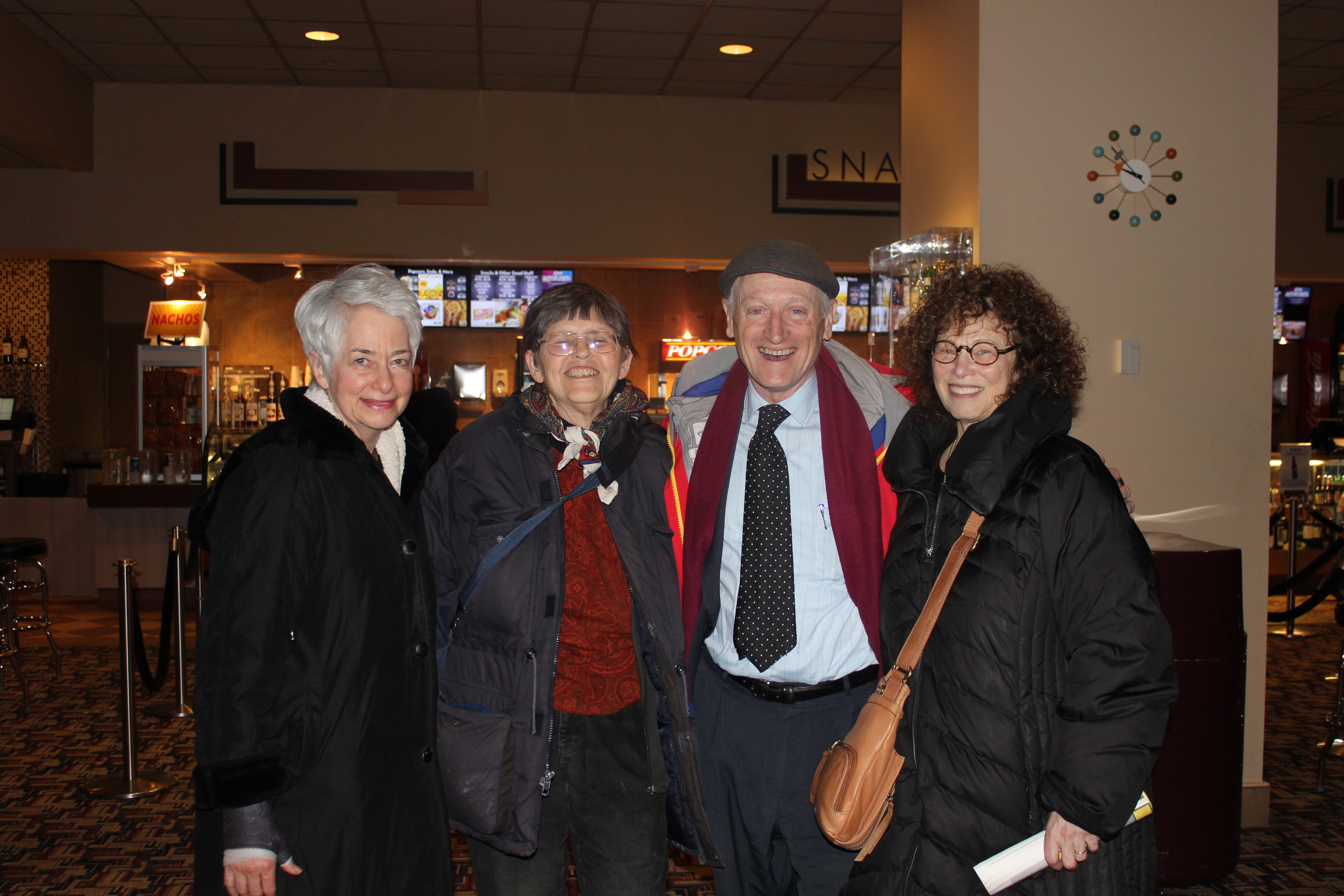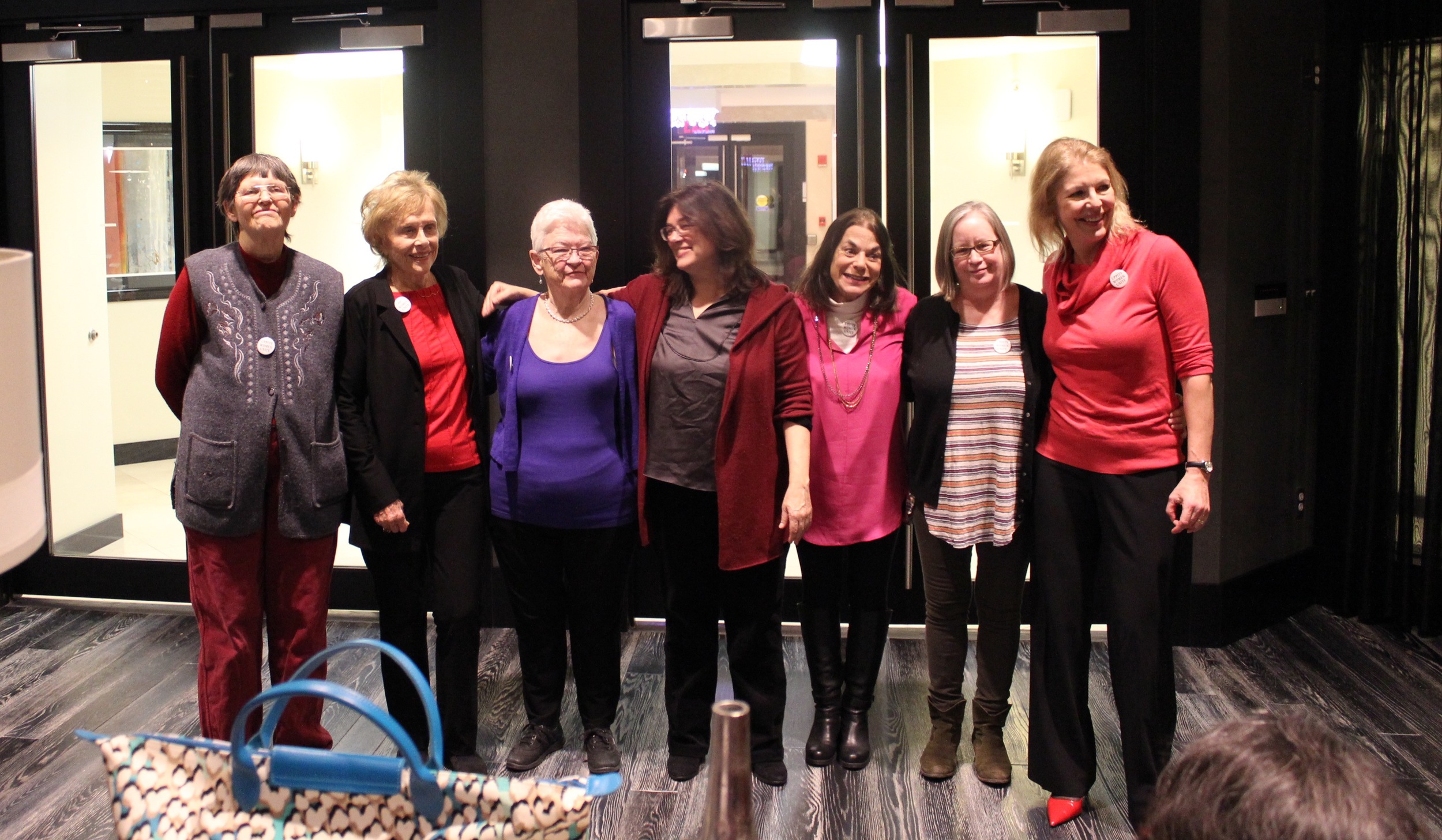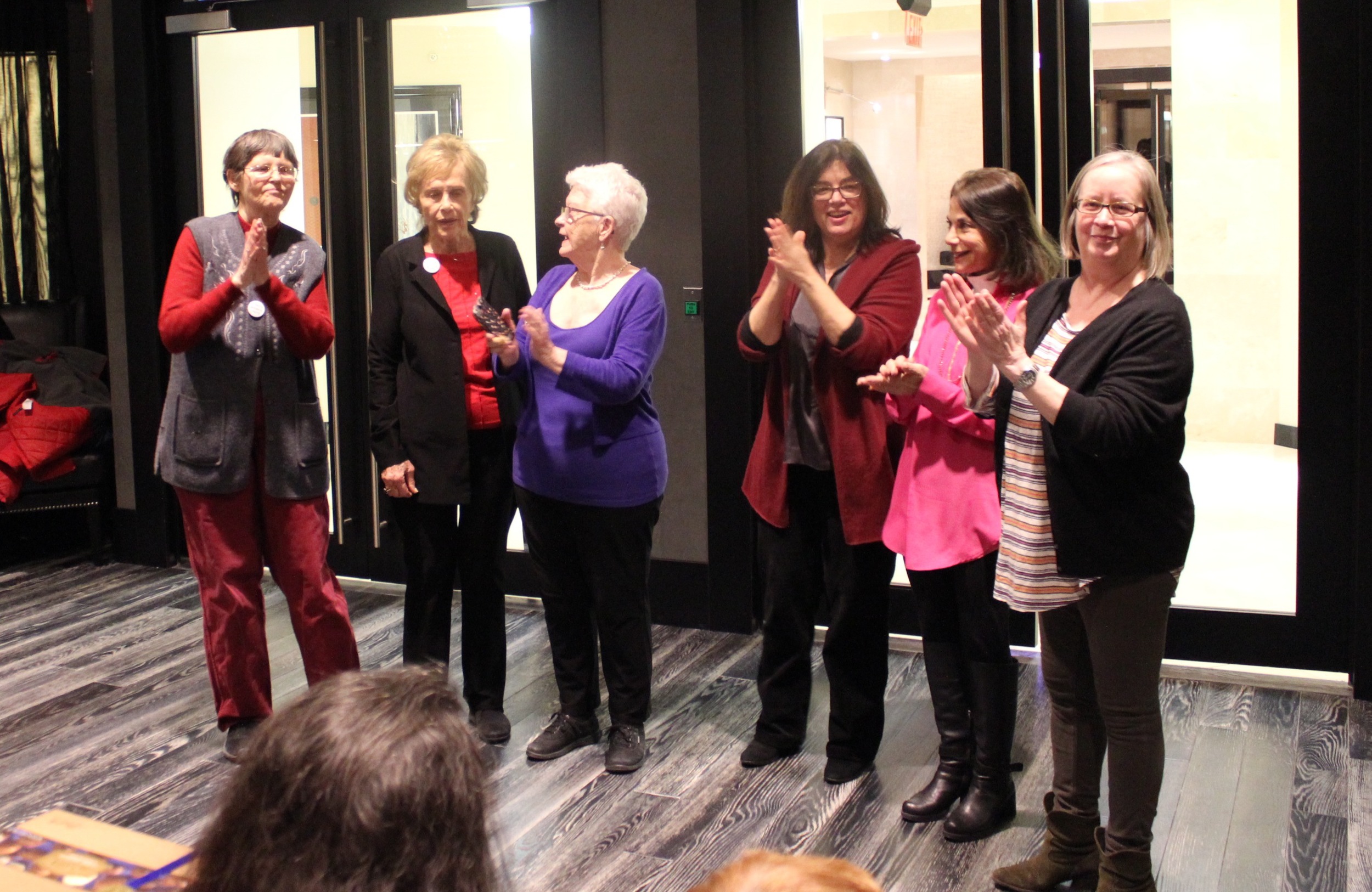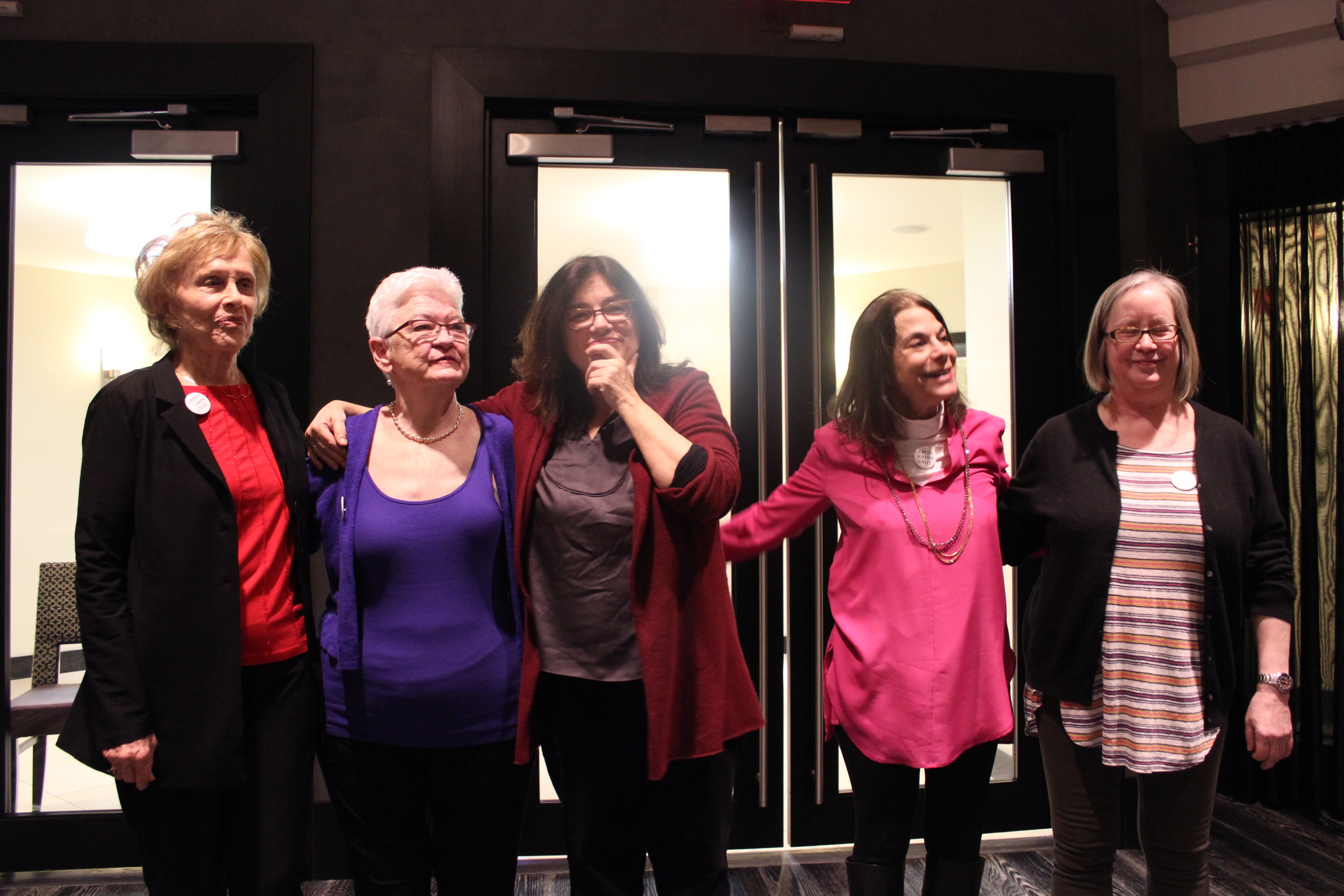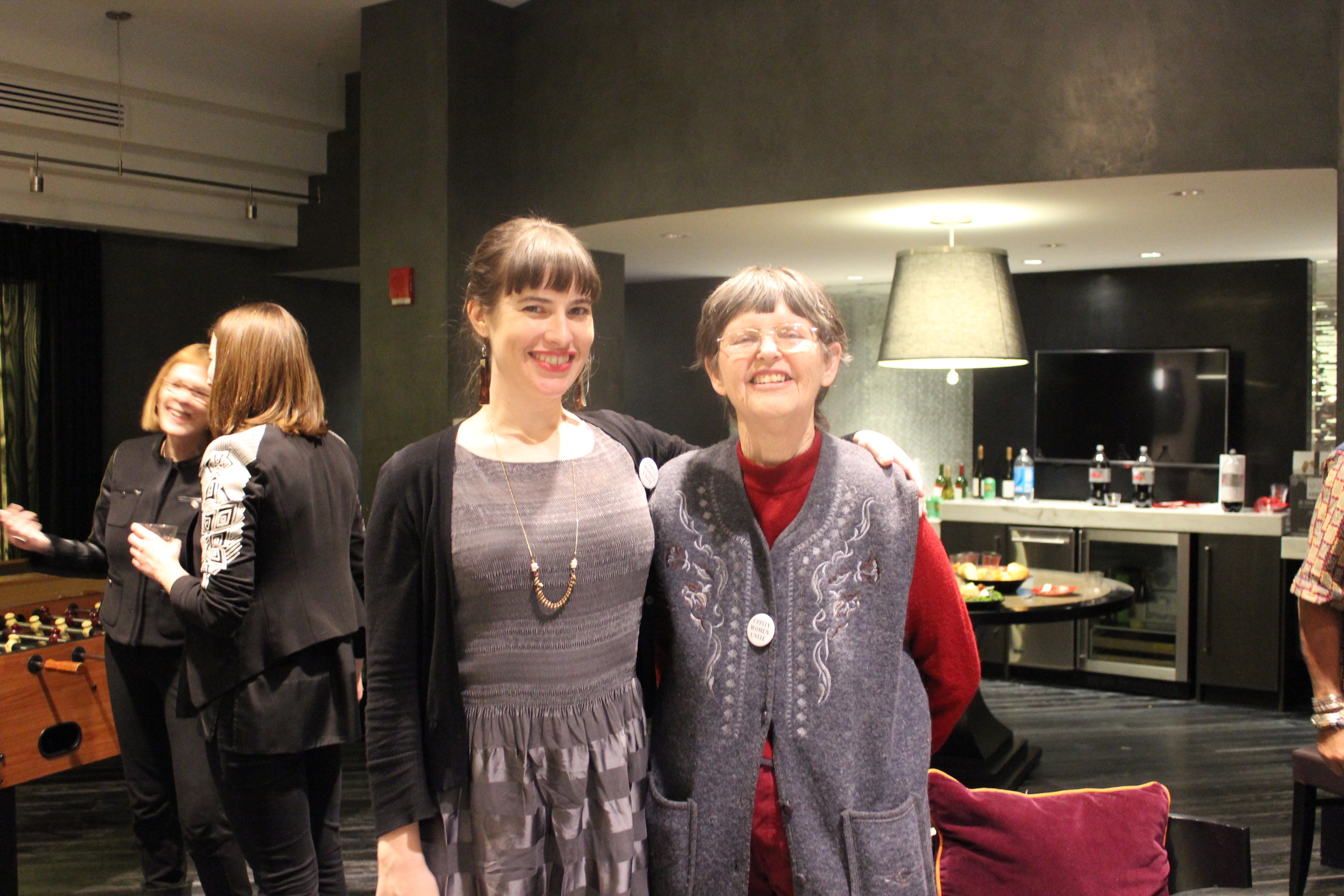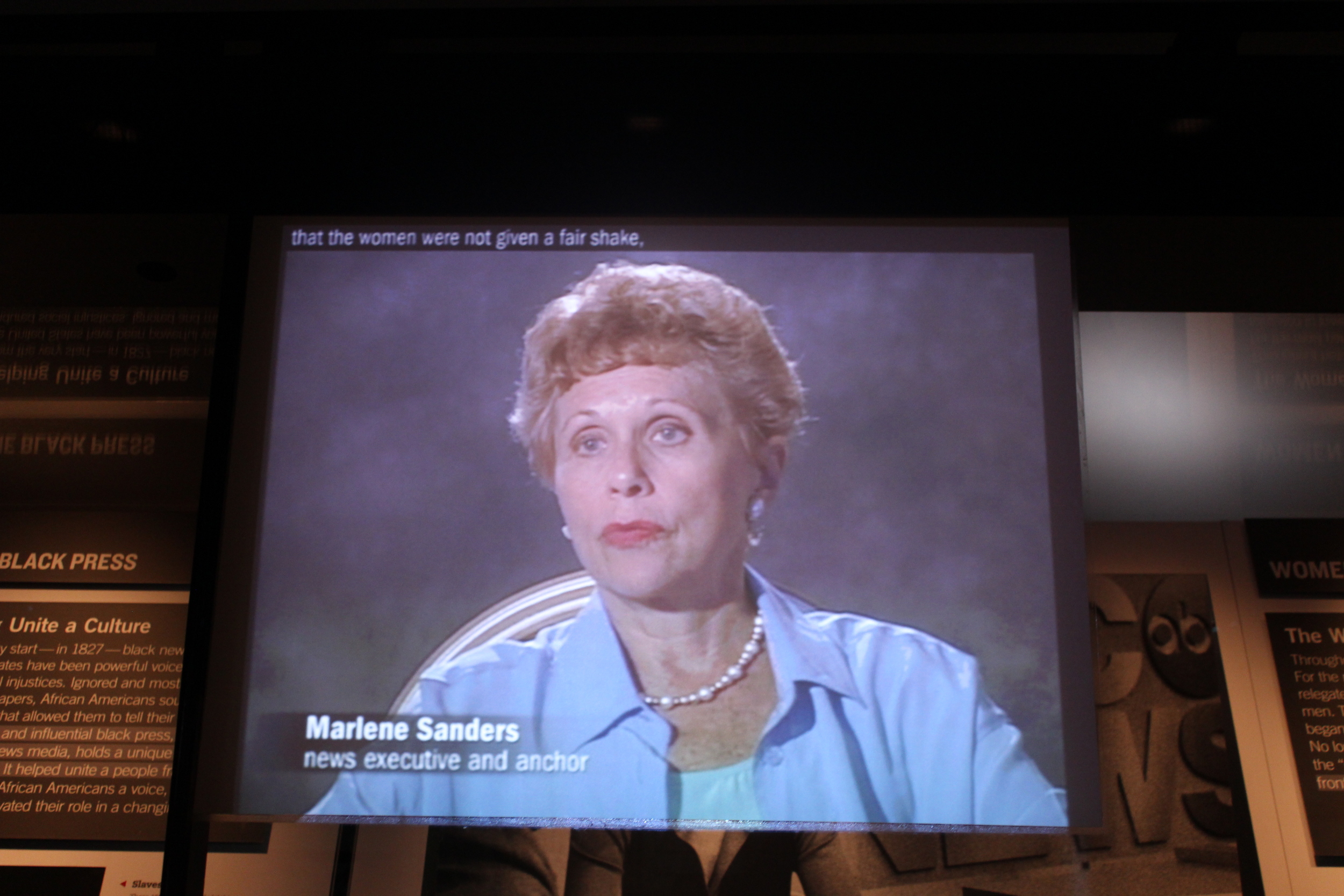Dear friends and supporters of She’s Beautiful When She’s Angry,
Thank you again for all your support, and happy 2017. It’s overdue, but we wanted to share with you many of the important events involving She’s Beautiful last year, and what’s coming up next.
While we concede that 2016 was a tough year for women, people of color, immigrants, and the LGBT community, we are hopeful for the future. We were cheered by the spontaneous organizing of the Women’s March on Washington. It was so exciting to be in the DC march last weekend! The crowds were vibrant with pussy hats and chants and great posters. We were also thrilled by the tens of thousands who went to local marches and the fantastic worldwide turnout. We are powerful!!
We also find hope in the power of film + activism. Here’s a brief round-up of She’s Beautiful’s highlights of 2016.
She’s Beautiful When She’s Angry had a great year, beginning with our March 2016 distribution deal with Music Box Films, both for home DVD’s and streaming services. Thrilled that She’s Beautiful is on NETFLIX, one of the most popular sites online. Better yet, She’s Beautiful is in World-wide distribution; NETFLIX translated the film into 22 languages! Since then, we have received many notes from women all over, thanking us for the film inspiring them and furthering feminist goals.
Peru August 13, 2016
Notification from Jemina Ledgard on our Facebook page: " We got the idea of calling for a National Women's March after watching your documentary... and three weeks later, this is what happened in Peru - one of the most machista countries in the Southern hemisphere. The press have called it ‘the largest demonstration in the history of the country’ and the police calculated half a million women marching JUST in the capital. We had simultaneous protests in every state in the country as well."
Our international reach has greatly expanded, thanks to Netflix and many festivals and also the American Film Showcase, based at University of Southern California Film School, which sent us to Mumbai, India and Botswana last spring.
Harish Sadani, (center) one of the founders of the Men Against Violence andAbuse.
The Mumbai trip was in late February 2016. I showed the film to women studies classes, filmmakers, local activists and film festivals. Outside the screenings, the US Consulate staff introduced me to activists of all stripes: women organizing day care for the children of prostitutes, men organizing against violence against women, workshops teaching skills to uneducated women. It was extraordinary, and we found that the film resonated deeply with people from different cultures. We had great discussions, often about very personal issues. While I was there for less than a week, the film has been shown repeatedly in other cities in India.
The Hindi Newspaper
A few of those meetings evolved into “consciousness-raising” sessions. At a screening on my last day, one young woman from the audience talked about her new job, and how her life-long female friends were hostile to her plans and disapproved of her breaking with traditional female roles. It was quite emotional to hear these stories, and I was struck by the candor with which women were willing to talk about these problems. I hope that these conversations continue.
My trip to Botswana was for two weeks, and most of my time was spent with college students studying film production. When I arrived, I was troubled to hear that US Embassy staff had concerns about the film’s depiction of abortion and gay issues. Botswana only allows abortion in cases of rape, incest or medical emergency, and there are anti-gay laws as well. “Why did they invite this film?” was my first (unspoken) response. The answer came when I met with Alice Mogwe, the leader of the human rights organization, Ditshwanelo, that showed our film at their festival and set up most of the college screenings. Alice is a powerhouse, and when I asked her if there would be problems with the sections on abortion, her reply was: “It’s about time they got shaken up.”
Limkokwing University class in Gaborone, Botswana.
This was a huge class, in an airplane hanger-like structure at the university. While the audio was terrible, all was redeemed later when the first young man raised his hand and asked me, “What do you think of Simone De Beauvoir?” If only I could hear that question in the US!
Mary with film students in Gabarone, Botswana
For me, the revelatory event was the Gender Activists Tea at the US Ambassador’s home, with a crowd of about 40 people. After we showed about 35 minutes of the film, including sections on abortion, black feminism, and lesbian rights, we had the most extraordinary meeting outside. Alice led by bringing up abortion again, and mentioned the recent statistics of women in Botswana dying from illegal abortions (I think it was 18%) then the debate took off. Speaker after speaker talked about the need to tackle this issue now, including women in the Parliament, revered tribal elders, and the first female Botswana Ambassador to the US. It felt like we were watching history being made. The LGBT issues followed, with several gay activists and trans people in the audience speaking up. It was amazing.
All year the film has shown world wide; a few of the diverse venues: the Legislative Assembly of Alberta; A Witch Dance Performance Festival in Berlin; the AKS Gay film festival in Islamabad, Pakistan, and more LGBT film festivals.
Within the US and Canada there have been screenings at numerous churches and synagogues, more universities, as well as events with NOW, the YWCA, Planned Parenthood, Democratic Socialists of America, LGBT groups and art center events. A friend in San Francisco told me that the Public Library there has 25 copies of the film! So can we do more? Well, of course!
What’s up in 2017?
The election and growing abuse of women have disheartened all of us. The relevance of She’s Beautiful has never been more needed.
We’re in the midst of setting up a bunch of 2017 screenings in the US and Canada, others in Greece, Vienna. After our first year of festival screenings, and the last two years of theatrical, festival and finally online access, we are reaching a wide audience, and still get very touching notes about the film, including this one from just last week:
“I am a 21 year old lesbian woman attending a university for a degree in international relations/history and I just want to say that this documentary really gave me an outlook on my life, and I haven't stopped thinking about since I watched it. I never before realized what all the women's liberation movement did for me to let me live my life as I do today happily and without prejudice. I just want to say thank you to the producers and directors of this film as well as the women that were spoken about. The world needs to know about what those ladies have done, especially young women like me, because they need to realize and be appreciative that we can have what we have because those women fought for us.”
UPDATES: More on women in the film
Saddest first:
Marlene Sanders passed in 2016, we miss her wit and wisdom immensely.
Naomi Weisstein passed last year, after a long illness and great courage.
Sally Lund, one of our earliest donors, also passed last year.
Susan Brownmiller has a new book coming out:
MY CITY HIGHRISE GARDEN will be published by Rutgers University Press in March, 2017.
Heather Booth is the subject of a new documentary: Heather Booth: Changing the World, Directed by Lilly Rivlin, 2017.
Trina Robbins new memoir, Last Girl Standing, is coming out in 2017 from Fantagraphics, covering the women's liberation movement and It Ain't Me, Babe.
The Our Bodies, Ourselves collective had a successful fund-raising campaign in 2016, so the struggle continues! And the book gets a very funny scene in a new film, 20th Century Women.
Many thanks,
Mary
and the She’s Beautiful Team: Nancy Kennedy, Nina Puro, Catherine Dwyer and new associate Chia-Lun Chang.











